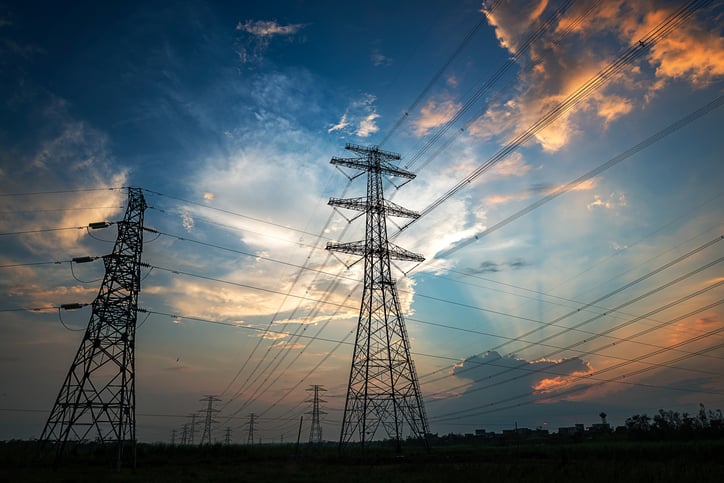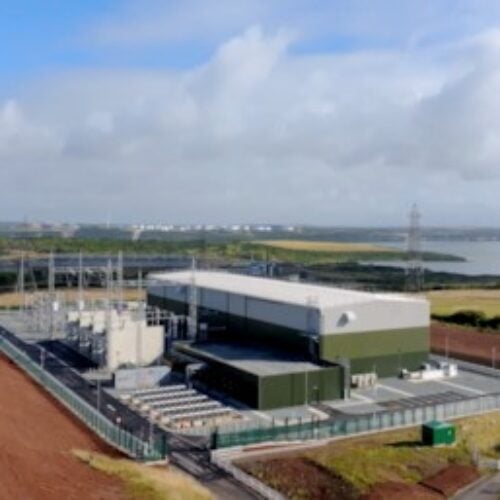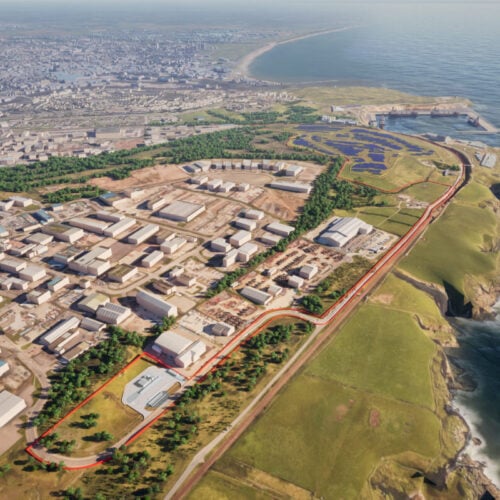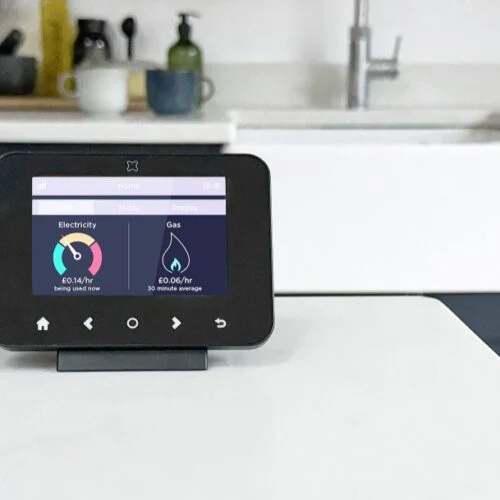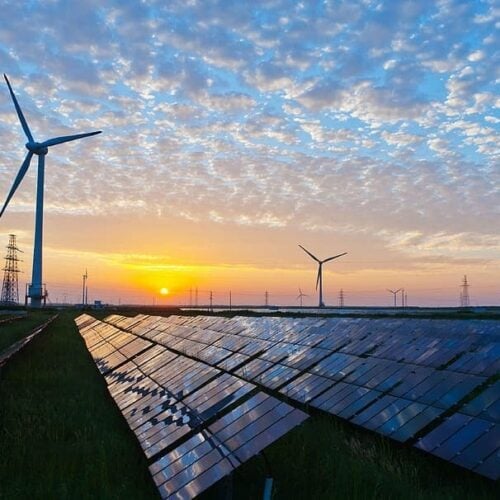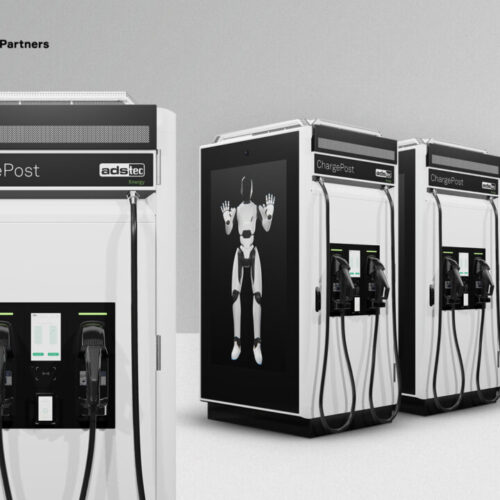The Energy Networks Association (ENA) has today (20 April) announced a three-step action plan to speed up the UK grid connection process.
The existing connections model in the UK was designed to accommodate fewer projects than currently been witnessed with a much higher degree of certainty looking to connect.
With 50GW of renewable energy projects connected to the grid since the first wind farm in 1992 and 164GW of new connection requests applications received for the period 1 September 2021 to 30 September 2022, the current model is not fit for purpose, the ENA said.
In consequence, the ENA has called for a modern approach to managing grid connections and has set out three priority areas to address:
- Reform the distribution network connections queue to promote mature projects and prevent queue ‘blocking’
- Change how transmission and distribution networks coordinate connections to improve interactivity
- Create new contractual option to grant greater flexibility for storage customers
The ENA has specified that the above steps complement the work currently underway at the National Grid ESO, such as their Five Point Plan and ongoing work with transmission network operators around Connection Reform.
“The scale and pace of low-carbon power growth is something we should all be proud of. Developers and networks have connected around 50GW of renewable power since the 90s. But it’s clear that what got us here won’t get us there. If we are to meet net zero, we need to deliver even more, and do it even faster,” said David Boyer, director of electricity systems at the ENA.
“The changes we’ve announced today will go a long way to speeding up connections, but more fundamental changes will be needed. Through the regulatory regime, we need to overhaul how connections are managed and enable networks to invest in capacity early. This early investment is crucial if we are to power millions of electric vehicles and heat pumps and connect the massive amounts of renewables and batteries we know are needed in the coming decade.”
Current± explored the grid connection conundrum in it’s latest miniseries, the first episode of which can be found here.
